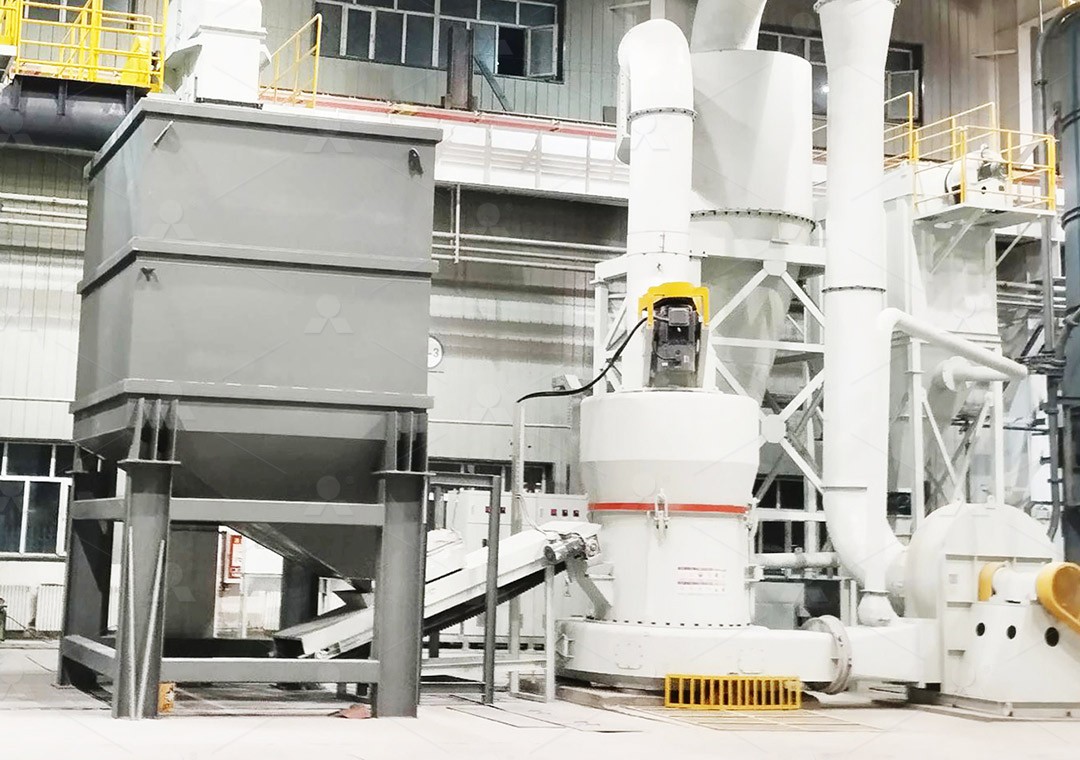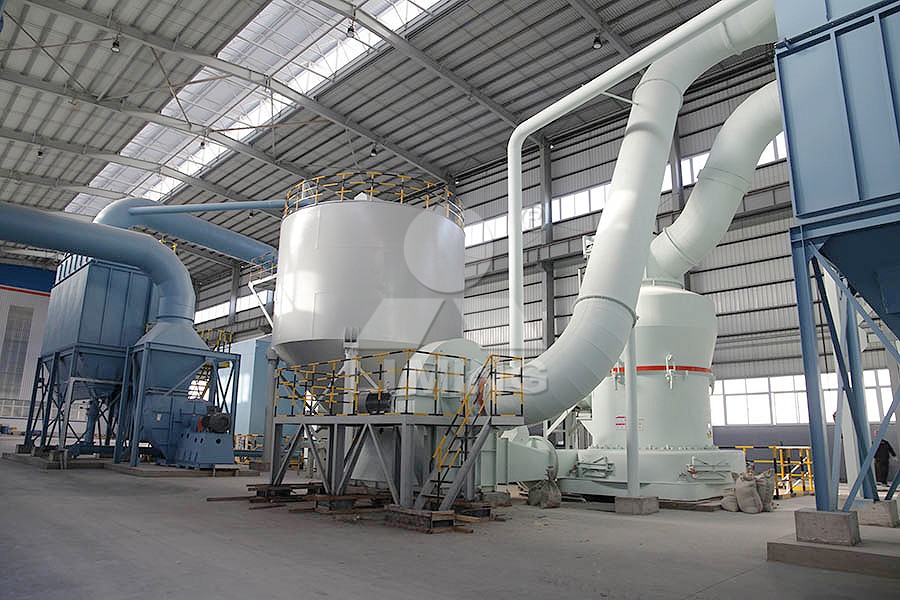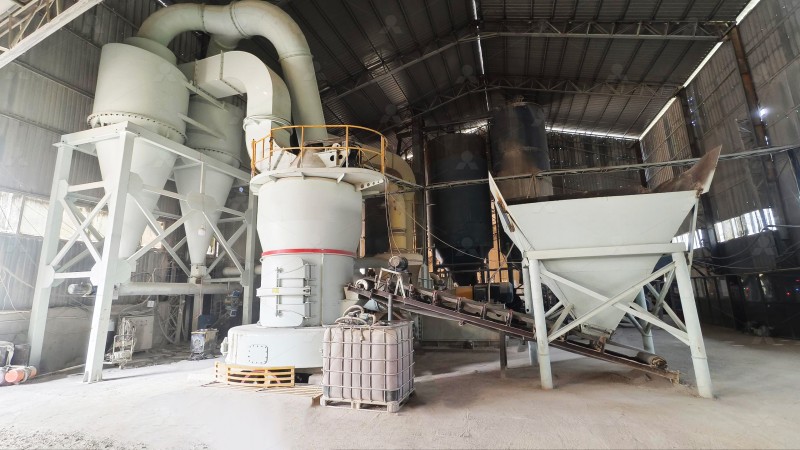How Does a Sepiolite Grinding Mill Machine Work?
How Does a Sepiolite Grinding Mill Machine Work?
Sepiolite, also known as meerschaum, is a complex magnesium silicate that presents unique challenges in powder processing due to its fibrous structure and varying moisture content. Understanding how grinding mills transform this raw mineral into fine powders requires delving into both the material properties and mechanical principles of modern grinding technology.

The fundamental operation begins with raw sepiolite being reduced to appropriate feed size, typically through preliminary crushing. This prepared material then enters the grinding chamber where the actual size reduction occurs. In most advanced mills, multiple grinding rollers rotate against a stationary grinding ring, creating tremendous mechanical force that fractures the mineral particles through compression and shear forces.
The Grinding Mechanism Explained
As sepiolite enters the grinding zone, centrifugal force distributes it evenly across the grinding track. The rollers, powered by a central gear system, apply controlled pressure to the material bed. What makes sepiolite particularly interesting is its response to grinding – the fibrous nature requires specific grinding curves and pressure optimization to achieve uniform particle distribution without damaging the mineral’s inherent structure.
The grinding process is accompanied by simultaneous drying in many modern systems. Hot air introduced into the mill chamber serves dual purposes: transporting the ground particles and evaporating moisture content. This is particularly crucial for sepiolite, which often contains significant water content that affects both processing and final product quality.

Powder Classification and Collection
Following the grinding phase, the air-powder mixture ascends to integrated classifiers. These sophisticated separation units employ either cage-type or rotor-style selectors that precisely control final product fineness. Particles meeting the target size proceed to collection systems, while oversize material returns for regrinding. This closed-circuit operation ensures consistent product quality and optimal energy utilization.
For operations requiring ultra-fine sepiolite powders, our MW Ultrafine Grinding Mill represents an ideal solution. With an input size capability of 0-20 mm and capacity ranging from 0.5-25 tph, this machine excels in processing delicate minerals like sepiolite. Its innovative design features higher yielding with 40% greater production capacity compared to jet mills, while consuming only 30% of the energy. The adjustable fineness between 325-2500 meshes, combined with the absence of rolling bearings in the grinding chamber, makes it exceptionally suitable for sepiolite processing.
Environmental and Operational Considerations
Modern sepiolite grinding incorporates comprehensive environmental controls. Efficient pulse dust collectors capture fine particles, while specialized mufflers reduce operational noise. The entire system operates under negative pressure, preventing dust escape and ensuring workplace safety. These features align with increasing environmental regulations and sustainability requirements in mineral processing operations.
Another excellent option for sepiolite processing is the LUM Ultrafine Vertical Grinding Mill, which handles input sizes of 0-10 mm with capacities of 5-18 tph. Its unique roller shell and lining plate grinding curve generates material layers more effectively, while the multi-head powder separating technology reduces energy consumption by 30%-50%. The reversible structure simplifies maintenance, crucial for maintaining consistent sepiolite quality.

Advanced Control Systems
Contemporary grinding mills incorporate sophisticated PLC controls that monitor and adjust critical parameters in real-time. Operators can precisely control grinding pressure, rotational speed, feed rates, and temperature to optimize sepiolite processing. Digital interfaces provide comprehensive operational data, enabling proactive maintenance and consistent product quality.
Frequently Asked Questions
What makes sepiolite challenging to grind compared to other minerals?
Sepiolite’s fibrous structure and varying moisture content require specific grinding parameters. The MW Ultrafine Grinding Mill addresses these challenges with specialized grinding curves and adjustable fineness controls.
How fine can sepiolite powder be produced using modern grinding mills?
Advanced systems like our MW series can achieve fineness between 325-2500 meshes, with screening rates reaching d97≤5μm in single passes.
What environmental considerations are addressed in sepiolite grinding?
Modern mills incorporate pulse dust collectors, noise reduction systems, and closed-circuit operations to minimize environmental impact while meeting strict emission standards.
How does the grinding process affect sepiolite’s material properties?
Proper grinding preserves sepiolite’s beneficial characteristics while achieving desired particle size. The MW Mill’s controlled grinding action maintains material integrity throughout the process.
What maintenance advantages do modern sepiolite grinding mills offer?
Designs like our LUM Vertical Mill feature reversible structures and external lubrication systems, enabling easier maintenance without compromising operational efficiency.
